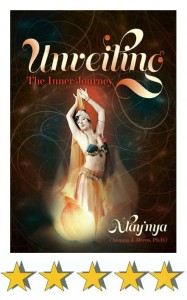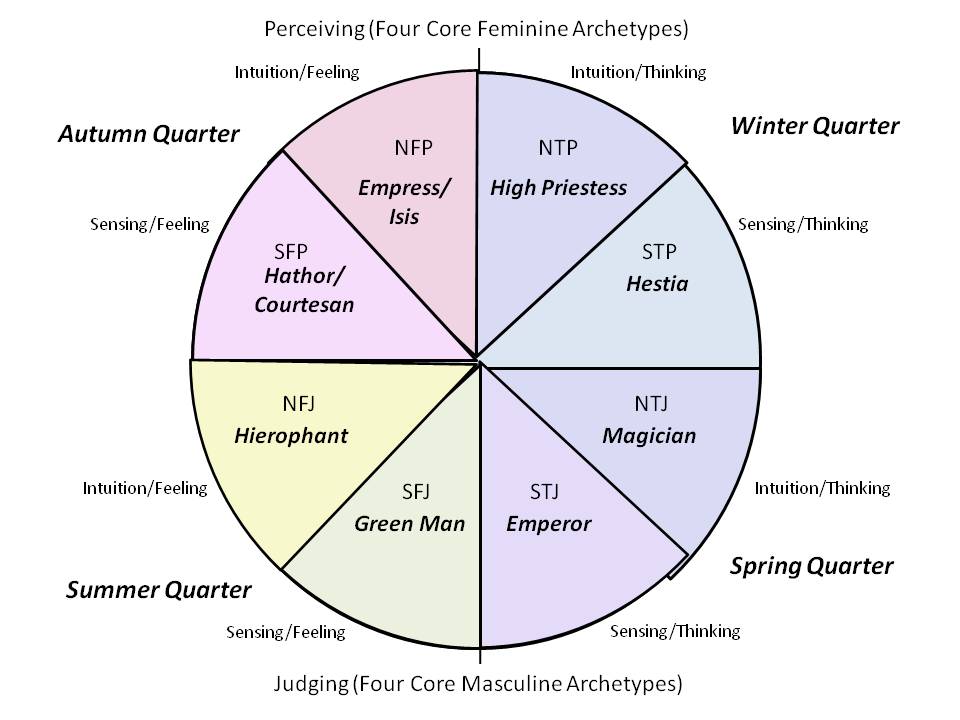Moore and Gillette’s “Archetypes of the Mature Masculine” – Most (Although Not All) of the “Mature Man”
I’m enormously grateful to authors Robert Moore and Douglas Gillette for their in-depth and fascinating work, King, Warrior, Magician, Lover: Archetypes of the Mature Masculine. They do a great service to all of us – women and men alike. And as this book is a prequel to a further set of four books (addressing each of these specific archetypes in the masculine context), I suggest each of them for further reading.
I particularly like and appreciate that in their introduction, authors Moore and Gillette identify that the reason that we have a hard time cultivating mature masculinity in our culture is a combination of three factors:
- The breakdown of family, in which we all too often have a weak or absent father,
- Current lack of an effective “initiation ritual” so that boys can become men, and
- A “patriarchal system” that really is based on an immature, rather than mature, masculinity – and is thus wounding both men and women in our culture.
Their insights and exemplars are excellent; well-thought-out, well-worked, and well-explained. Their work can help men of all ages – and women as well as men – understand masculine psychology in depth.
What is missing? Only one of the core masculine power archetypes – and a somewhat “bundled together” set of the three core feminine power archetypes.
As often happens in our culture, for all their insights and true wisdom – and even their reference to this role – Moore and Gillette do not make a point of the Hierophant archetype.
Let’s look a bit more closely, because they do implicitly identify the role of the Hierophant, throughout their book. From Chapter 1:
“Ritual process is contained by two things. The first is a sacred space and the second is a ritual elder, a “wise old man” or a “wise old woman” who is completely trustworthy for the initiate and can lead the initiate through the process and deliver him (or her) intact and enhanced on the other side.” [King, Warrior, Magician, Lover, p. 6]
Throughout their book, Moore and Gillette clearly acknowledge both the need for and the significant role of the Hierophant. The Hierophant is precisely this “wise old man” or “wise old woman.”
But it is entirely in keeping with our society’s loss of “initiation rites” that we don’t have much of a clue about what a Hierophant really is! That is, we can’t look at someone and say, “Yes, this person really has a realy strong Hierophant essence!”
It’s a blind spot.
But it’s also a solvable blind spot.
Because as soon as we “get a clue” that we should be looking for Hierophant-instances, they pop up all around us. For examples, see Are Hierophants Really Important” (MacDonald’s Thinks So!) and also Who and What is a Hierophant?.
The fact that we don’t have as strong a concept of the Hierophant as we do of the King and the Magician is yet one more instance of how in our society, we greatly need to identify and honor this role.
Now, I’ve said (in this blog’s title) that Moore and Gillette have “2 1/3 out of 4.” Yet they identify four core archetypes. What’s missing?
First, they’ve introduced the Warrior as a core masculine power archetype. What I’ve been showing in my last several blogposts is that our Warrior mode – the “who we are” when we are on a Heroic Quest – is a means of “getting there.” It’s a transition mode. Really, in our society right now, our Warrior-path is our initiation process.
Further, we need to call upon our Warrior-selves time and again. We do this every time we step out of safety and comfort and venture into something dangerous and new. (For relevant posts, see Hero or Hierophant? Warrior or Wise Man? and also The Hero’s Quest and the Hierophant: Part I.)
Ideally, we use our inner Warrior to break through some limitations in our self and take on a new level of power or leadership. But we don’t need to stay in our Warrior mode.
So now, what do we have?
Replace Warrior (a transition mode, a means of activating one of our core masculine archetypes) with Hierophant. Warrior is a transition. Hierophant is an end-state; one of the culminating “archetypes of the mature masculine.” This gives us 3 1/3 out of 4.
To complete that remaining 1/3? We need to acknowledge that the Lover is a bundling up of the three core feminine power archetypes; High Priestess, Empress (Isis), and Love-Goddess (Hathor).
This is not a bad bundling. For simplicity, the bundling of three core feminine archetypes into one (the Lover) works for men, just as bundling three core masculine archetypes (Magician, Emperor, and Hierophant) into one (the Amazon) works for women.
But as men move further into their own integration journey, they would do well to identify, cultivate, and own each of their specific feminine strengths – the wisdom and intuition of their inner High Priestess, their love for wife, children, and community (as Empress/Isis), and their ability to revel in physical love and sensuality (Love-Goddess/Hathor).
The balancing of all these for men is different than that for women. But for all of us, all six core archetypes are necessary – as well as the two “reserve archetypes,” which I’ve not yet discussed in detail. (These two aspects will be subjects of later posts.)
Very best wishes as discover and empower each of your core archetypes during your own inner journey!
Alay’nya
(Alianna J. Maren, Ph.D.)
Author of Unveiling: The Inner Journey
You are the Jewel in the Heart of the Lotus. Become the Jewel!
The Unveiling Journey blog details the theory – archetypes, life journeys, integration.
To experience your own Journey in a structured, safe, and gentle (yet effective) setting, visit Alay’nya’s website, and consider either a workshop with Alay’nya or one-on-one coaching.
Resources
Connect with Alay’nya and the Unveiling Community

Unveiling, by Alay’nya, currently has twenty five-star Amazon reviews.
This blog series develops themes originally published in Unveiling: The Inner Journey, published by Mourning Dove Press.
Unveiling currently has twenty 5-star Amazon reviews, and has been recommended by luminaries:
Julie Marie Rahm, aka America’s Mindset Mechanic on Unveiling: The Inner Journey
What does Julie Rahm, America’s Mindset Mechanic and author of Handle Everything: Eight Tools You Need to Live Well and Prosper have to say about Unveiling: The Inner Journey?
Julie writes:
Unveiling is the definitive guidebook for women who want to experience lives of joy and fulfillment, and who just want to exhale into each day. Alay’nya reveals powerful, personal stories of her own life journey to fascinating womanhood, sensuality, and self-acceptance in ways that struck me like a velvet hammer. Her fresh approach to living illuminated my own bind spots. It is impossible to read Unveiling without awakening to new and possibly shocking self-awareness. For women ready to make real and lasting changes toward enlightenment and bliss, Unveiling is a must-read..”
Read this and more reviews of Unveiling: The Inner Journey.
Julie Marie Rahm, America’s Mindset Mechanic
Check out Julie Marie Rahm!
Julie Marie Rahm, America’s Mindset Mechanic and author of Handle Everything: Eight Tools You Need to Live Well and Prosper and also Military Kids Speak (great for parents, teachers, and coaches of military kids) uses a great technique that can help you clear energy blockages, ranging from those from this life through the influence of your ancestral karma. Connect with Julie at info (at) americasmindsetmechanic (dot) com to learn more about how she can help you.
Copyright (c) 2013, Alay’nya (Alianna J. Maren, Ph.D.). All rights reserved.
Blog originally posted December 13, 2011. Revised and updated, October 22, 2013.
Related Posts: The Hierophant – the Missing Archetype in King, Warrior, Magician, Lover






